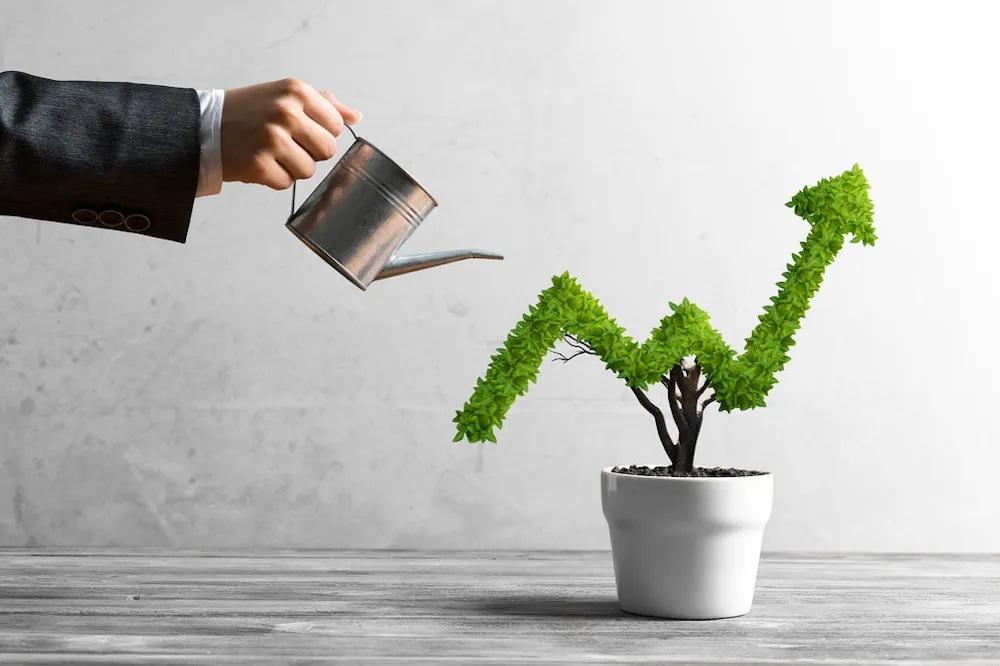One of the best and most popular ways of saving money is buying secondhand items. Whether you’re shopping at a thrift store, garage sales, or an online marketplace, used goods can satisfy your shopping urge in a budget-friendly fashion. (And as a bonus, it’s an environmentally friendly thing to do, too.)
But you shouldn’t buy everything used.
Some secondhand objects can be highly unsanitary. Other objects can be unknowingly worn down and have a much shorter usable life than you might expect. And still other pre-owned items can be downright dangerous. And while saving money is great, you shouldn’t do it at the expense of your health and safety.
So today, I’m going to review several things you should always buy new—no matter how good of a deal the secondhand option might represent.
Table of Contents
When Buying These Items, Always Buy New
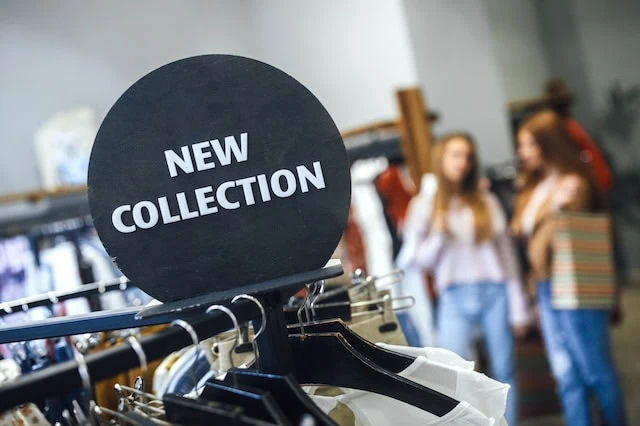
Usually, buying used items is a smart way to save. Usually … but not always.
Buy the wrong pre-owned objects, and you might be risking the health and safety of yourself and your family. Not to mention, you could be taking a big step down in quality and end up missing out on the value you really seek.
So, when you’re buying the following items, make sure you’re buying new.
1. Helmets

If “safety first” is your motto, then make sure you only ever wear a new helmet.
When you buy a secondhand helmet, you can’t be positive it has never been in a crash or verify exactly how old it is. And even if you, say, go to a garage sale, see a used helmet, and find no obvious signs of wear and tear on it, that still doesn’t mean it’s safe. The foam could be compressed—which lowers the helmet’s ability to protect the wearer—in a way you can’t notice.
In fact, even if you buy only new helmets and never get in an accident, you should periodically replace your helmets, as the materials can degrade over time. Plus, helmets have advanced over the years; newer helmets might provide better fit and protection. Consumer Reports suggests replacing a helmet every five years or so.
Related: Stop Shrinkflation! 10 Products Affected + Tips to Save Money
2. Child Car Seats

The U.S. Department of Transportation says car crashes are a leading cause of death for kids between the ages of 1 to 13. So when it comes to child car seats, you don’t want to mess around.
You might not realize it, but child car seats have an expiration date—usually six to 10 years following the manufacturing date. That’s because materials get worn out, seats haven’t been tested past the expected lifespan, and safety standards are expected to improve over time.
Even if a pre-owned child car seat hasn’t expired yet, you’re best opting for new. You have no way of knowing whether a used car seat has gone through a moderate or severe car crash (always a reason to replace a car seat).
There are plenty of children’s goods that you can buy used to save money. Child car seats shouldn’t be one of them.
Related: 10 Best Vanguard Funds for the Everyday Investor
3. Mattresses
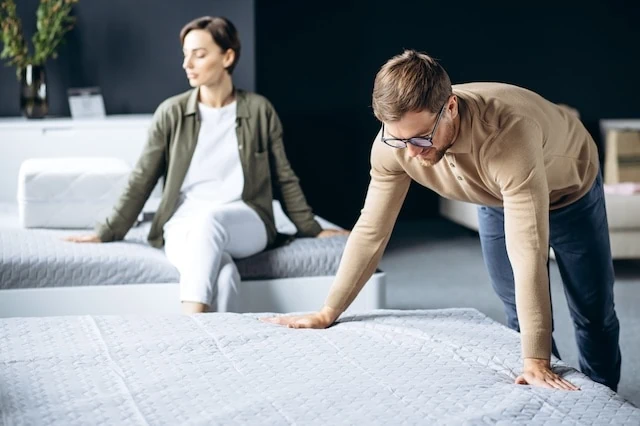
New mattress prices are all over the map—Sleep Foundation data shows you can spend anywhere between $250 to over $3,500 on one, depending on size—but average prices are pretty high. Even a “budget” queen will run you about $600, and it’s closer to $1,000 for a quality mid-range queen. And that doesn’t include taxes, shipping, or other costs. So it’s easy to see why someone would be tempted to buy used.
However, while a used mattress can be considerably cheaper—even free if it’s just left at the end of someone’s driveway—you should avoid going this route if at all possible.
For one, there’s hygiene to consider. A used mattress might have absorbed dust mites, dead skin, sweat, and other bodily fluids from the previous owner. Even worse, it could be infested with bed bugs.
It also isn’t ideal for your health. A used mattress might have started to deteriorate or become uneven. It might have indentions in the shape of the person who used to sleep on it. Remember: Mattresses need replaced over time, too, as they wear down. But it’s typically impossible to tell how used a used mattress is, and thus you have little way of knowing how much usable life it has left.
You spend a third of your life on your mattress. When you buy, buy a new one.
Related: 10 Items You Should Always Buy Used
4. Pillows

Pillows provide essential comfort and support while you rest. But when bought used, they can provide … well, some other things.
Used pillows can be home to bacteria, allergens, dust mites, mold, fleas, and bed bugs. Melanie Carver, chief mission officer for the Asthma and Allergy Foundation of America, tells LiveStrong that after two years, 10% of a pillow’s weight can be dead dust mites and their droppings. Yuck!
Worn-out pillows can also cause you pain. Flattened pillows might not offer enough support, which can hurt your neck, shoulders, and upper back. Thin pillows also hinder nasal drainage, which can make you feel congested.
For your overall health, stick to buying new pillows.
Related: The 10 Best Fidelity Funds You Can Own
5. Athletic Footwear
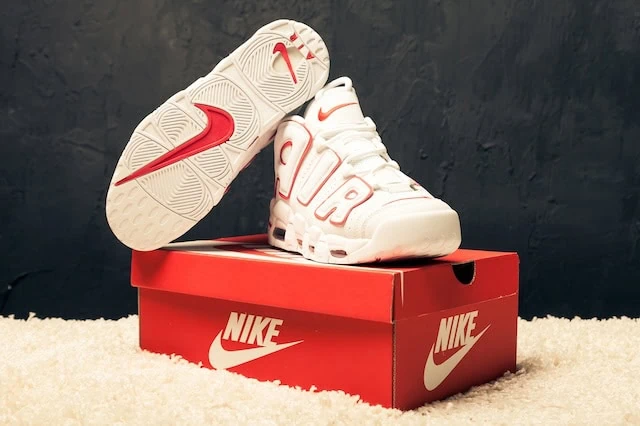
A pair of kicks isn’t just something to show off to your friends. Athletic footwear affects your health.
Old shoes can cause pain not just in your feet, but also your ankles, knees, and hips. While it varies somewhat by person, it’s recommended to replace running shoes every 300 to 500 miles.
It can be hard to track those miles on your own shoes. So how much faith do you have in knowing how many miles are on a pair of used shoes?
Also, older shoes could very well be worn into the shape of another person’s foot. They could even give you athlete’s foot. Athlete’s foot is a fungal infection that spreads by contact with fungi or infected skin, so it can be caught by wearing the shoes of someone who has it—especially if they wore the shoes barefoot.
Related: 20 Expenses to Cut From Your Budget
6. Nonstick Cookware
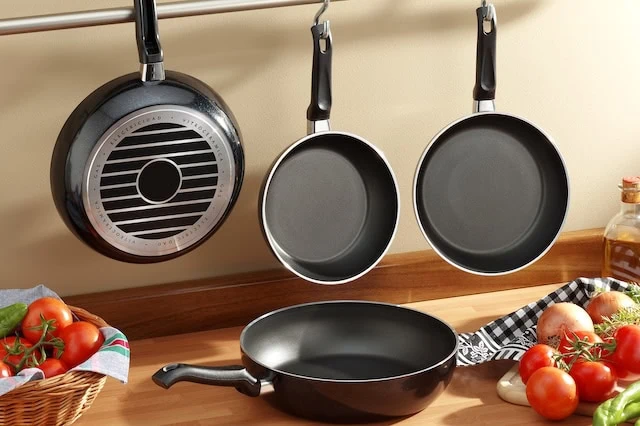
Nonstick cookware isn’t meant to last a lifetime. It should be replaced every five years or when it starts to peel, whichever happens sooner. Before that cutoff, nonstick and Teflon cookware is considered safe for cooking below 500 degrees Fahrenheit. Any higher and the Teflon coating can break down and release toxic fumes.
Well, chances are you’ll never know how many years a nonstick pan was used before it finally got donated to a thrift stop. And you probably won’t know how the prior owner handled their cookware—thus you can’t guarantee they never exceeded that temperature.
Avoid buying pre-owned nonstick cookware. Or better yet? Don’t buy nonstick cookware at all. Many people buy nonstick cookware because it’s cheapest, but it’s a poor frugal strategy because of how often you’ll have to replace it. While stainless steel or cast iron cookware might cost a bit more, it can often last decades (and cast iron can often be passed down through generations). So while you might pay a little more now, better cookware will save you more money in the long run.
Related: 9 Monthly Dividend Stocks for Frequent, Regular Income
7. Swimsuits
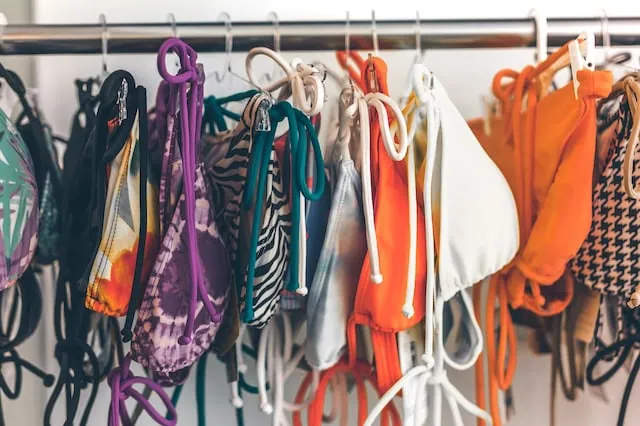
Buying pre-owned clothes is an excellent way to save money and help the environment. But when it comes to swimsuits, you might want a new-only policy.
For one: Most swimsuits simply aren’t built to last. A lycra swimsuit used daily in a chlorinated pool might last only four to five weeks. Polyester can last longer, but even then, we’re talking a few months. (If you’re curious, nylon is one of the most durable swimsuit fabrics.)
Rinsing swimsuits in cold water can help extend how long they last; water that’s too hot can hurt the materials. Either way, there’s no good way to tell how a previous owner cared for their swimsuit.
And if you don’t wash a secondhand swimsuit in hot water, you might not be able to kill all the germs and other nightmares living on it. A few of the most common parasites living in bathing suits include mites, pubic lice, pinworms, and bedbugs. Swimsuits can also carry bacteria, fungi, and viruses.
Save yourself some stress. Stick to new swimsuits.
Related: Charitable Tax Deduction: What to Know Before Donating
8. Underwear
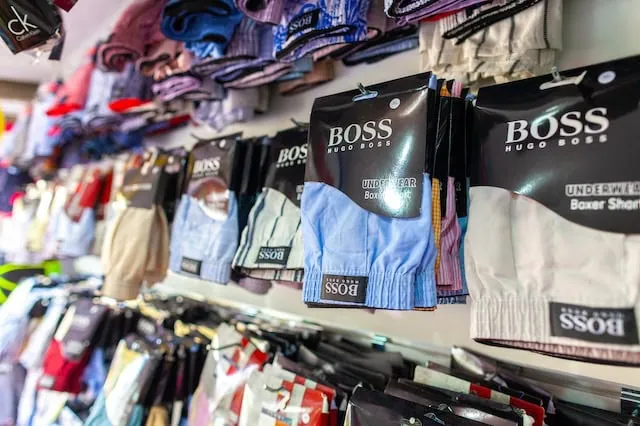
It probably goes without saying that you shouldn’t buy used underwear, but if you were somehow on the fence, here are two good reasons to avoid it:
1. Sanitary issues. Because underwear comes in contact with intimate areas of another person’s body, it can contain a host of parasites and bacteria.
2. You’re not really saving all that much money. With the exception of fancy lingerie, standard underwear typically doesn’t carry an exorbitant price tag. Right now, you can get a six-pack of women’s underwear at Target for $10. Sure secondhand underwear might be even cheaper than that, but you don’t know how much life those pairs have left.
There are myriad ways to save more meaningful sums of money. Buy new underwear and don’t look back.
Related: How to Save Money on Groceries: 12 Commonsense Tips
9. Tires
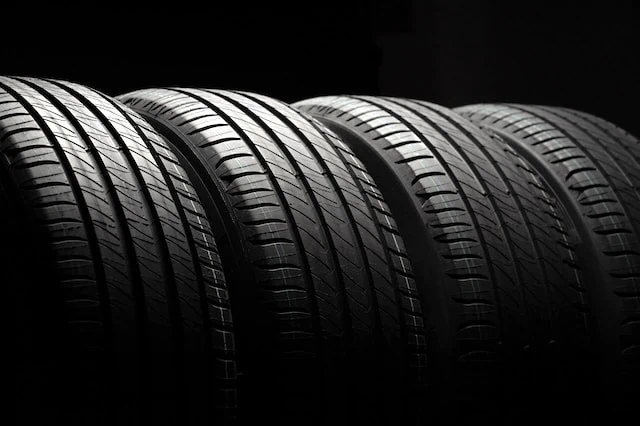
The condition of your tires is critical to your driving safety. According to the U.S. Department of Transportation, nearly 11,000 tire-related motor vehicle crashes occur every year. In 2022, 562 people died as a result of tire-related crashes.
It’s important to replace tires because the treads wear out. Even with infrequent use, tires can age from sunlight, heat, and poor storage. This means spare tires don’t last forever, either.
However, you shouldn’t replace your old tires with … well, someone else’s old tires.
Sure, you can look at a used tire’s tread to see if it’s too worn out. But as far as the age of the tire, how it was stored, and how much heat and sunlight it was exposed to … well, you would have to trust the seller.
From a safety perspective, buying new tires makes all the sense in the world.
Related: The 24 Best ETFs to Buy for a Prosperous 2024
10. Stuffed Animals

As anyone who has spent time with children knows, kids can be clumsy, and they’re certainly not worried about germs. For that reason, it’s best to avoid used stuffed animals.
While hard plastic and wooden toys are easy to disinfect, stuffed animals can become a breeding ground for debris, microbes, mold, and lice. Drool, pet hair, dust, and more easily cling to the soft fabrics. That’s unsettling given that the recipient is your child, who very well might like to stick just about everything into their mouth.
Sure, a cycle through one’s washing machine and dryer can help, but that can make stuffed animals clump up and look disfigured. You also risk an eye falling out or stitching becoming loose. In short: Pre-owned plushies have a low chance of coming out of the wash looking the same.
You might be able to get away with accepting a secondhand gift from someone you trust. But avoid buying stuffed animals at thrift stores and yard sales.
Related: 12 Best Long-Term Stocks to Buy and Hold Forever
As even novice investors probably know, funds—whether they’re mutual funds or exchange-traded funds (ETFs)—are the simplest and easiest ways to invest in the stock market. But the best long-term stocks also offer many investors a way to stay “invested” intellectually—by following companies they believe in. They also provide investors with the potential for outperformance.
So if your’e looking for a starting point for your own portfolio, look no further. Check out our list of the best long-term stocks for buy-and-hold investors.
Related: 9 Best Monthly Dividend Stocks for Frequent, Regular Income

The vast majority of American dividend stocks pay regular, reliable payouts—and they do so at a more frequent clip (quarterly) than dividend stocks in most other countries (typically every six months or year).
Still, if you’ve ever thought to yourself, “it’d sure be nice to collect these dividends more often,” you don’t have to look far. While they’re not terribly common, American exchanges boast dozens of monthly dividend stocks.
Please Don’t Forget to Like, Follow and Comment

Did you find this article helpful? We’d love to hear your thoughts! Leave a comment with the box on the left-hand side of the screen and share your thoughts.
Also, do you want to stay up-to-date on our latest content?
1. Follow us by clicking the [+ Follow] button above,
2. Subscribe to The Weekend Tea, our weekly newsletter to read more about investing, spending, taxes, and more, and
3. Give the article a Thumbs Up on the top-left side of the screen.
4. And lastly, if you think this information would benefit your friends and family, don’t hesitate to share it with them!





